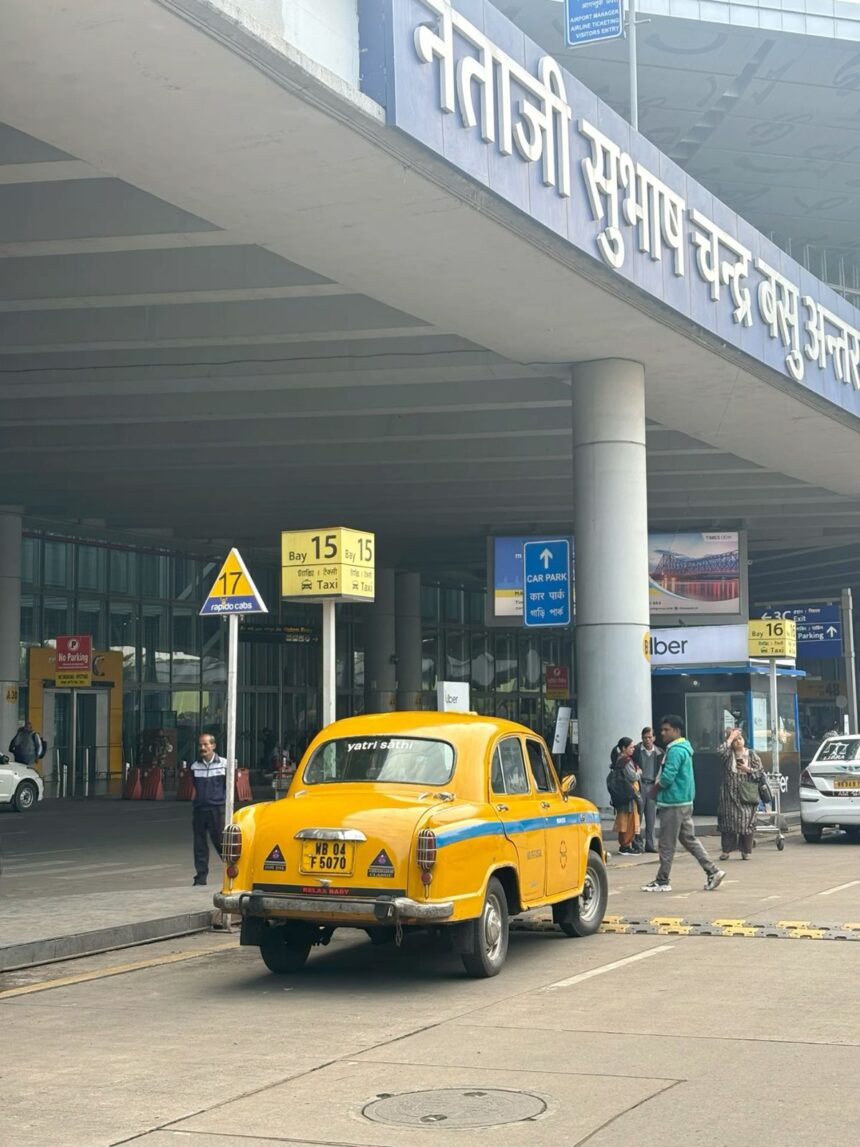Kolkata Airport: Overview
Netaji Subhas Chandra Bose International Airport (IATA: CCU, ICAO: VECC) is the primary airport serving Kolkata, the capital of West Bengal. It is one of the major airports in eastern India, connecting the city to domestic and international destinations.
Named after freedom fighter Netaji Subhas Chandra Bose, the airport plays a vital role in trade, tourism, and regional connectivity.
History of Kolkata Airport
Established in 1924, making it one of the oldest airports in India.
Initially served as a military and civil airfield.
Upgraded over decades to handle increasing domestic and international passenger traffic.
The airport became fully international in the 1990s, enabling flights to Southeast Asia, Europe, and the Middle East.
Terminals and Facilities
Kolkata Airport has two main terminals:
1. Domestic Terminal
Handles flights to major Indian cities like Delhi, Mumbai, Bengaluru, and Chennai.
Equipped with check-in counters, lounges, retail shops, and restaurants.
2. International Terminal
Serves flights to destinations including Singapore, Dubai, Bangkok, and London.
Features customs, immigration, duty-free shops, VIP lounges, and business centers.
Other Facilities
Cargo terminal for domestic and international freight.
Car rentals, taxis, shuttle services, and public transport connectivity.
Wi-Fi, medical facilities, prayer rooms, and assistance for differently-abled passengers.
Parking facilities and transit areas for passengers.
Significance of Kolkata Airport
Economic Importance:
Supports tourism, business, and trade in West Bengal and eastern India.
Boosts employment in aviation, hospitality, retail, and logistics sectors.
International Gateway:
Connects Kolkata to Southeast Asia, Middle East, and Europe, supporting trade and expatriate travel.
Regional Connectivity:
Serves as a hub for flights to northeastern India and neighboring countries like Nepal and Bhutan.
Strategic Importance:
Plays a role in defense, cargo operations, and emergency response.
Passenger and Cargo Statistics
Handles over 20 million passengers annually, with a mix of domestic and international travelers.
Cargo terminal manages thousands of tons of goods, including tea, spices, handicrafts, and perishable items.
Ranked among the top 10 busiest airports in India in terms of passenger traffic.
Transportation and Connectivity
Road: Connected to Kolkata city via VIP Road (Kazi Nazrul Islam Road) and EM Bypass.
Metro Rail: Future metro connectivity plans aim to link the airport to key city hubs.
Buses: Kolkata Transport Corporation (KTC) provides airport shuttle and regular bus services.
Taxis and App-Based Cabs: Widely available for city travel.
Car Rentals: Available for self-drive or chauffeur-driven services.
Recent Developments
Modernization of runways, taxiways, and aprons to accommodate larger aircraft.
Upgrades to passenger terminals, lounges, and baggage handling systems.
Expansion of international flight capacity to support tourism and trade.
Implementation of enhanced security measures and smart airport technologies.
FAQs about Kolkata Airport
What is the IATA code for Kolkata Airport?
The IATA code is CCU.
Which airlines operate from Kolkata Airport?
Airlines include IndiGo, Air India, SpiceJet, Vistara, Emirates, Qatar Airways, and Singapore Airlines.
Is Kolkata Airport international?
Yes, it handles both domestic and international flights.
How far is Kolkata Airport from the city center?
Approximately 17 km from central Kolkata.
Does Kolkata Airport handle cargo flights?
Yes, it has a modern cargo terminal for domestic and international shipments.
Conclusion
Netaji Subhas Chandra Bose International Airport is a major aviation hub in eastern India, providing domestic and international connectivity. Its modern infrastructure, cargo facilities, and strategic location make it essential for tourism, trade, and regional development. With ongoing modernization and capacity expansion, Kolkata Airport continues to play a key role in India’s aviation network.








